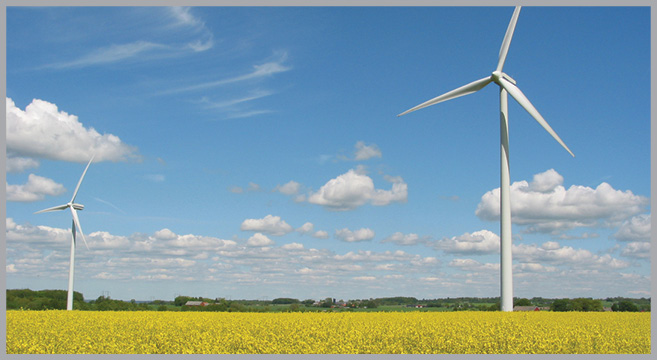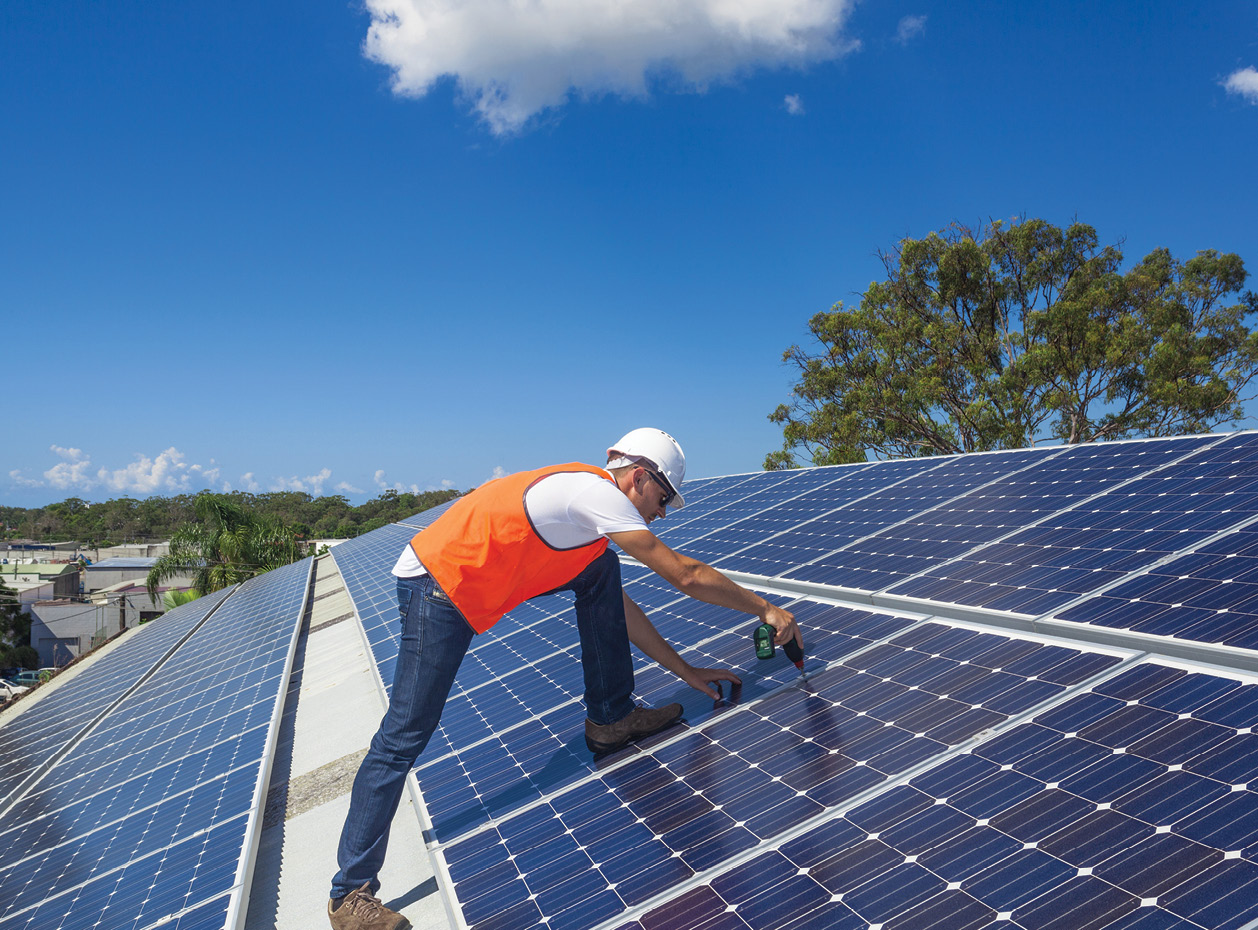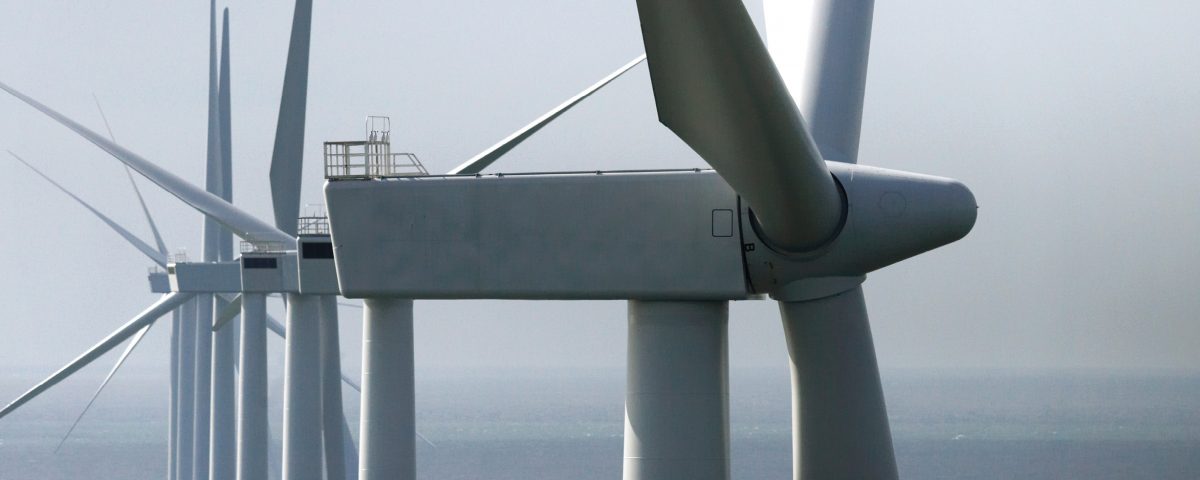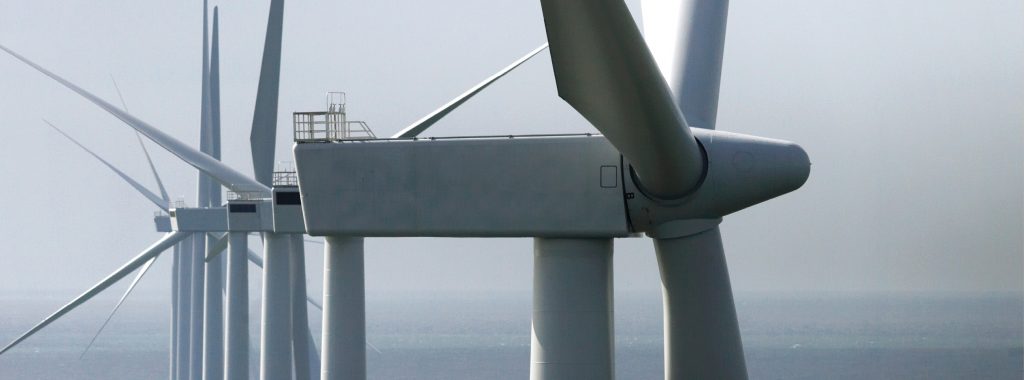
Real prospects for renewables
8th November 2016
Solar PV power vital for our future
8th November 2016Denmark’s electricity market


Denmark is committed to be totally independent of fossil fuels, from an electricity generation perspective by 2050. This was one of the core themes addressed by Lykke Mulvad Jeppesen, Head of the Department for Electricity Supply with the Danish Energy Agency, courtesy of her presentation to the recent Energy Ireland conference.
Lykke Mulvad Jeppesen explained that Denmark operates a small electricity infrastructure, squeezed between two very large energy players: Norway, Sweden and Finland to the north and continental Europe to the south.
“The upside to this is that we can co-operate with our neighbours to develop an electricity supply system, which has flexibility at its very core,” she said.
“Cheap hydro generated electricity predominates to the north while in countries like Germany thermal power plants still predominates.”
Jeppesen confirmed that Denmark currently has six interconnectors with neighbouring countries while plans are well advanced to develop further linkages of this type. This includes the possibility of building an interconnector with the UK market which Denmark regards as a more than significant market development opportunity.
“From our own perspective we want to make best use of Denmark’s indigenous wind, biomass and solar resources,” she added.
“We are also committed to the delivery of an electricity generation and supply system which matches the potential for renewables while making best use of thermal generation sources. Changes to this effect were introduced in 2009.
“Prediction models are a now fundamental component within Denmark’s electricity market. Based on available accurate weather data, it is normally possible to predict when wind can be an important driver from an electricity generation perspective.
“In turn, this allows thermal generating sources to be tweaked accordingly. But problems arise if weather predictions are out of kilter with actual reality. So, fundamentally, our market balances the power system by rewarding flexibility.
“I believe that our current intra-day market provides an efficient hedge against the cost of generation imbalances. But we need to look at strengthening our day-ahead markets.”
Jeppesen pointed out that all of Denmark’s thermal generating plants are extremely versatile.
“Minimum loads can be dropped down to 15 per cent with ramping speeds of up to 4 per cent per minute also available. But, essentially, all of the plants constitute very efficient combined heat and power facilities,” she added.
“This has enabled the development of district heating systems throughout Denmark. Heat storage systems are also in place across the country, thereby allowing heat to be utilised up to 10 hours after electricity has been generated.
“There are tremendous benefits to be availed of when combined heat and power plants and wind turbines are connected economically.”
Looking to the future Jeppesen believes that Denmark must develop an electricity supply system that fully accommodates the development of new technologies.
“Our core aim remains that of maintaining a stable framework with an optimal level of flexibility built in,” she said.
“We must also capture the value of various technical capabilities in a power system with a heterogeneous technology mix.
“We already have a tax incentive scheme, which encourages renewables and penalises the use of fossil fuels, where electricity generation is concerned. And the political will is in place to ensure this principle is built upon in the future.
“This broad political consensus is also reflected in Denmark’s planning system.”
She added: “Clear market rules must be established for the fair and efficient use of international connections.
“What’s more, an Energy Only Market should be the main instrument to ensure generation adequacy. Capacity mechanisms, or other national initiatives to ensure generation capability, should be a measure of last resort,” she concluded.
